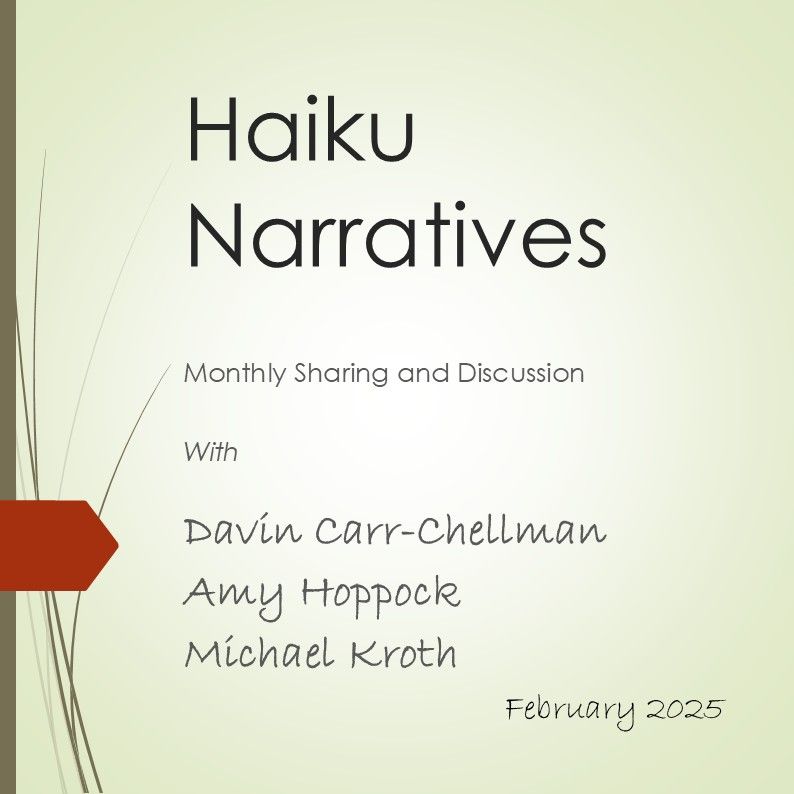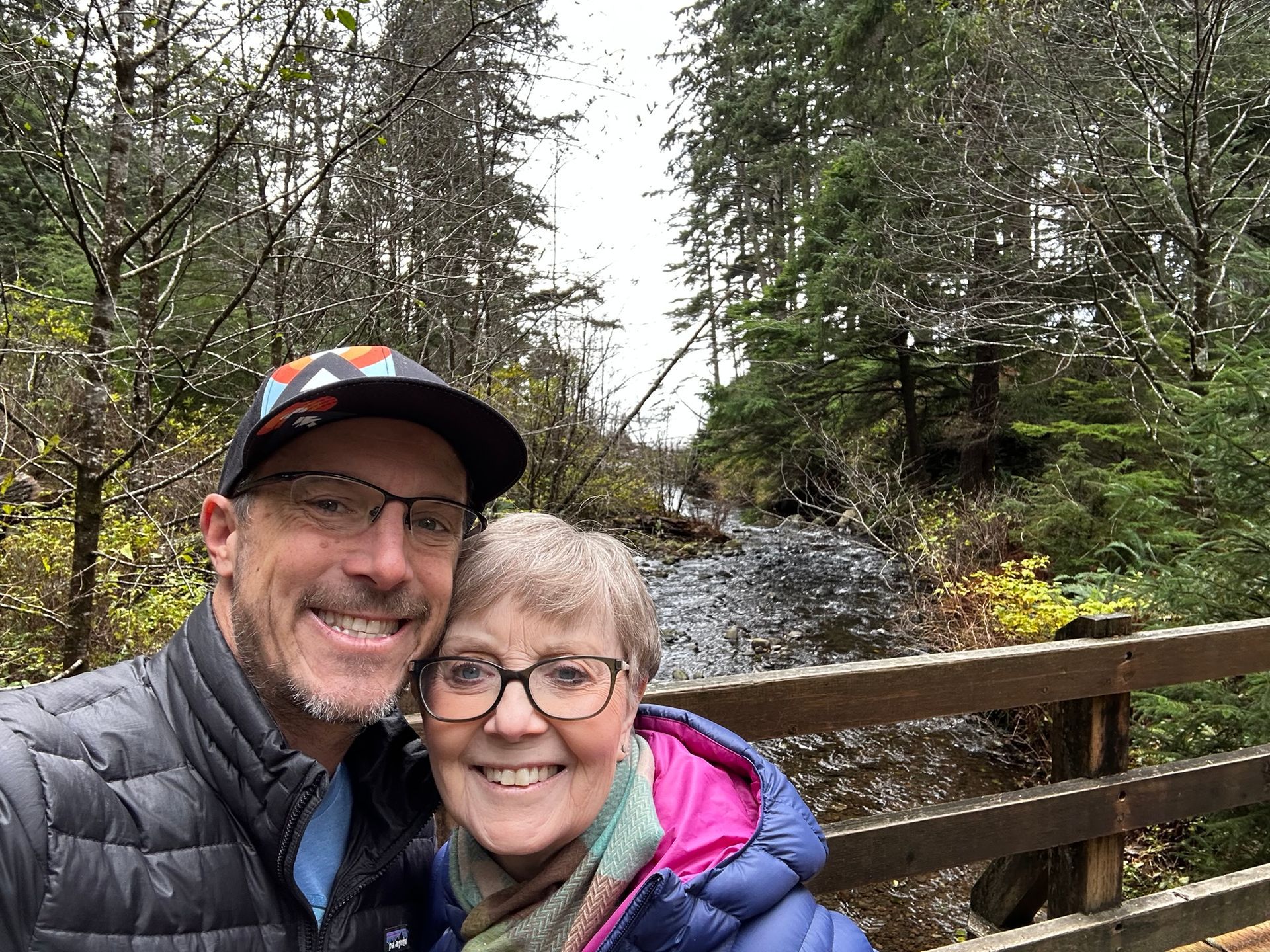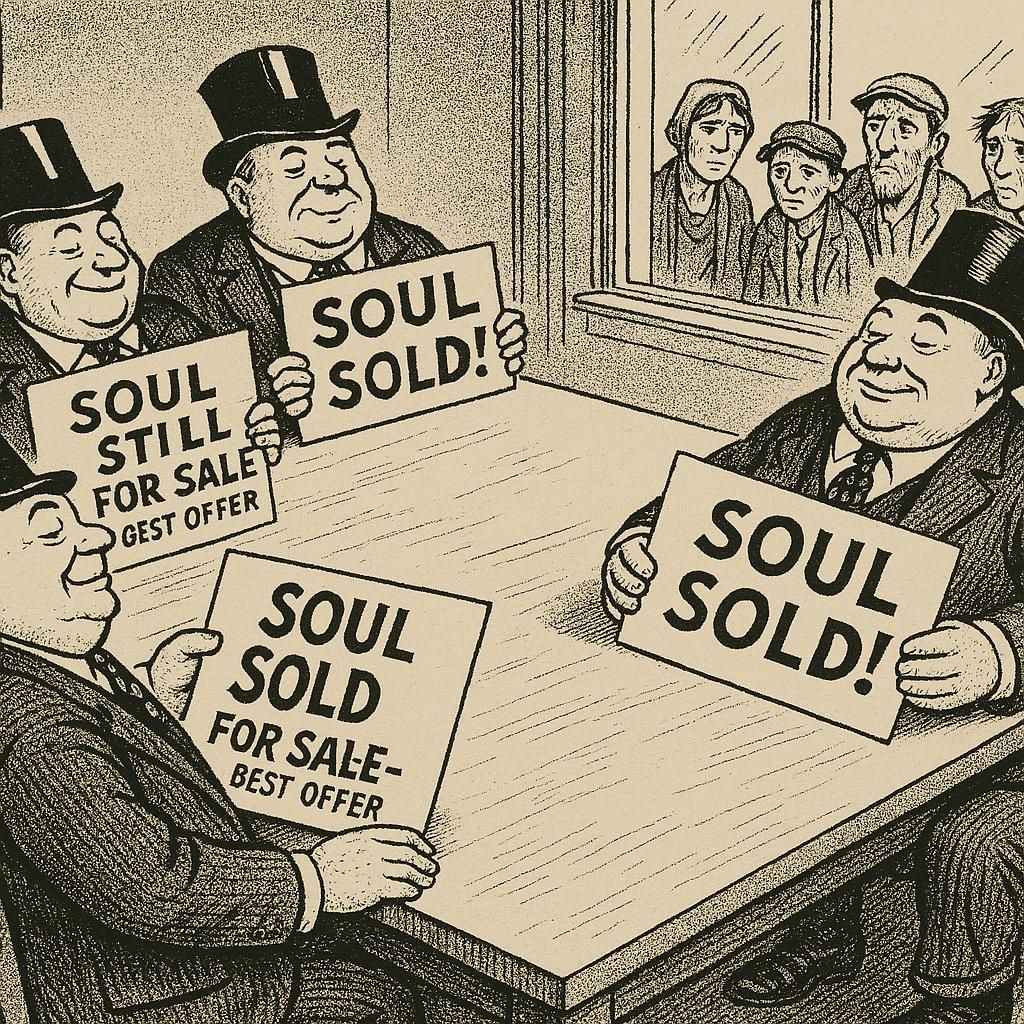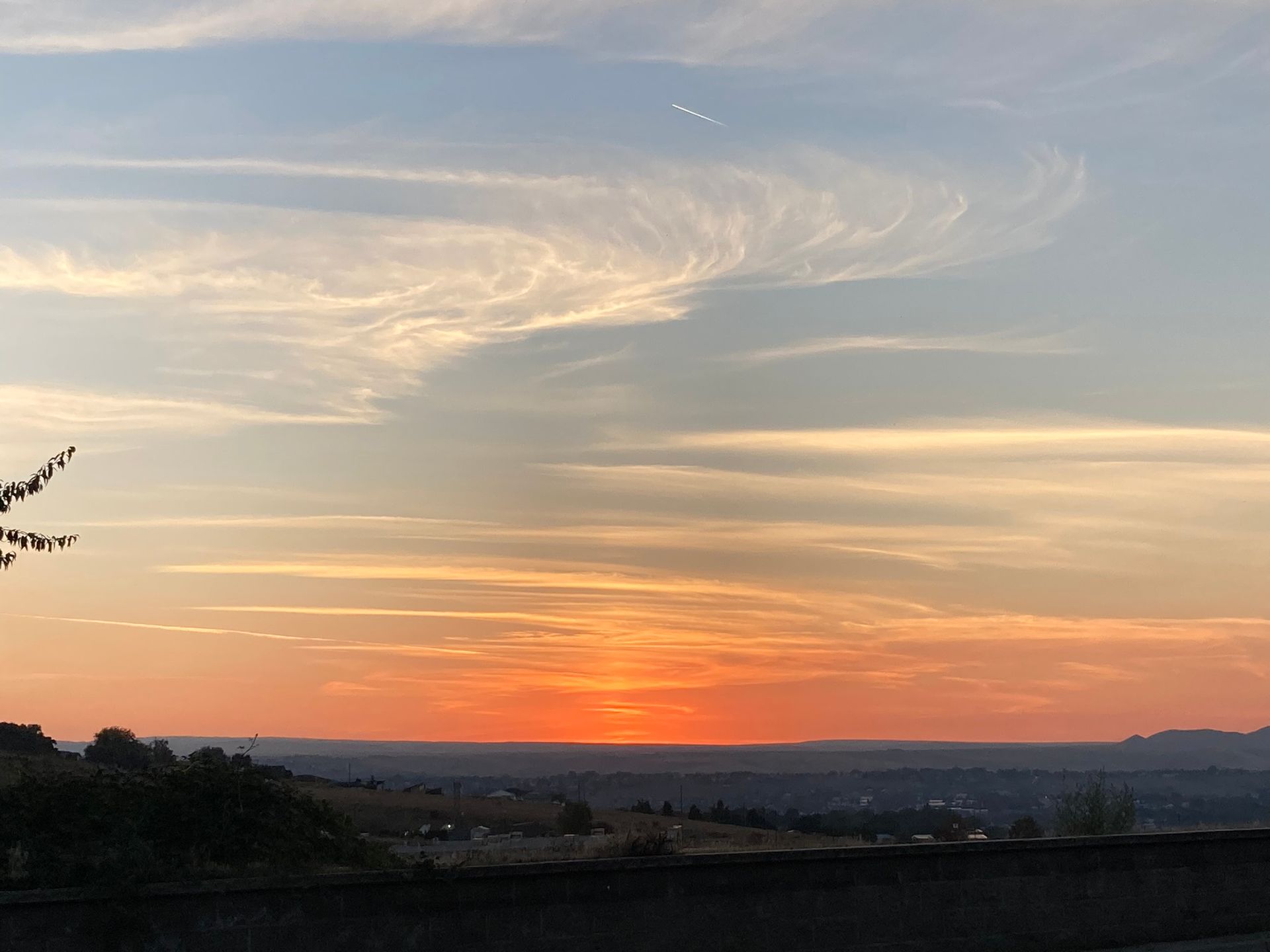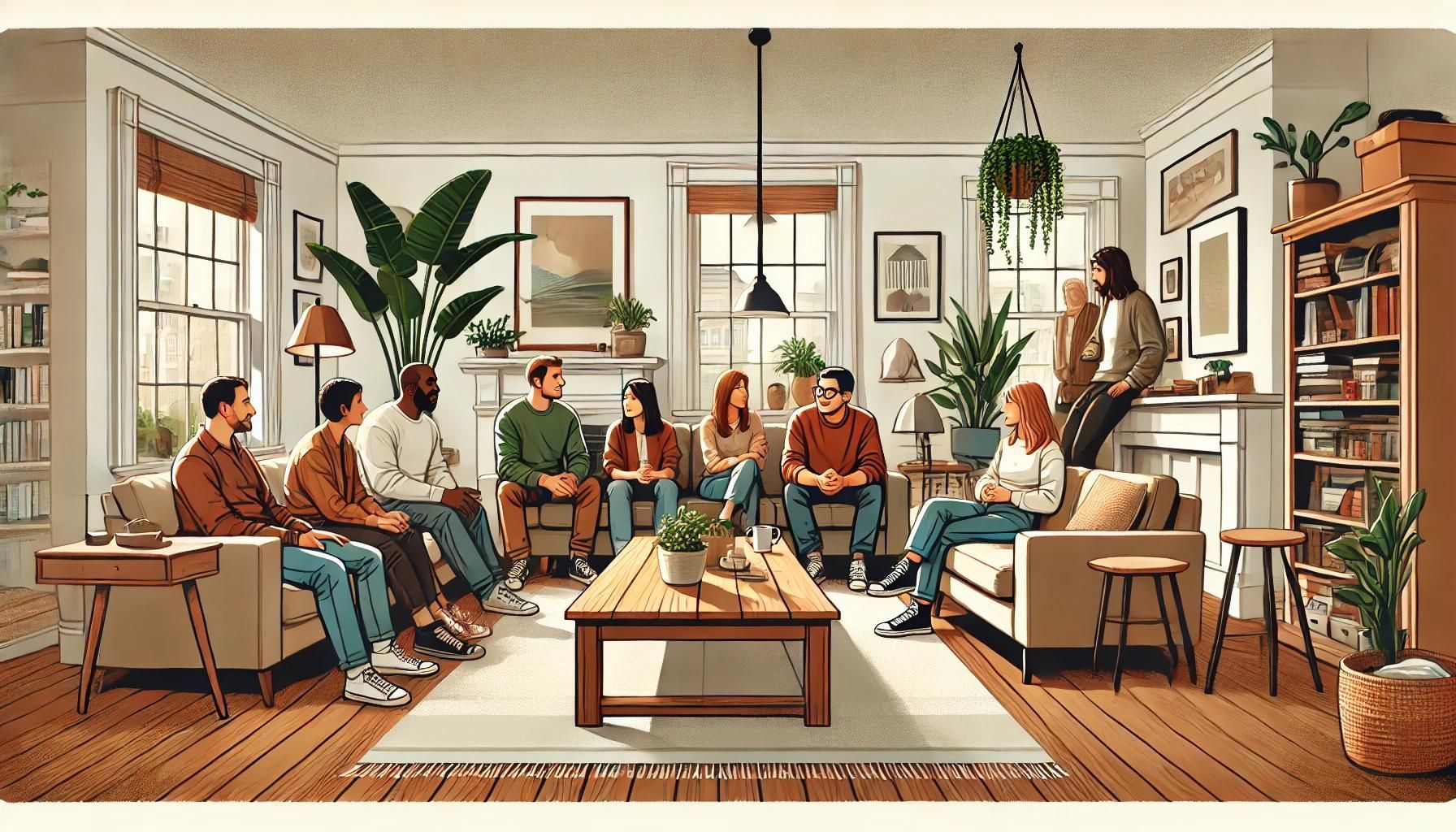Extracting the Stones of Madness
You will think of additional stones of madness in our world. The question is, how can we extract them?
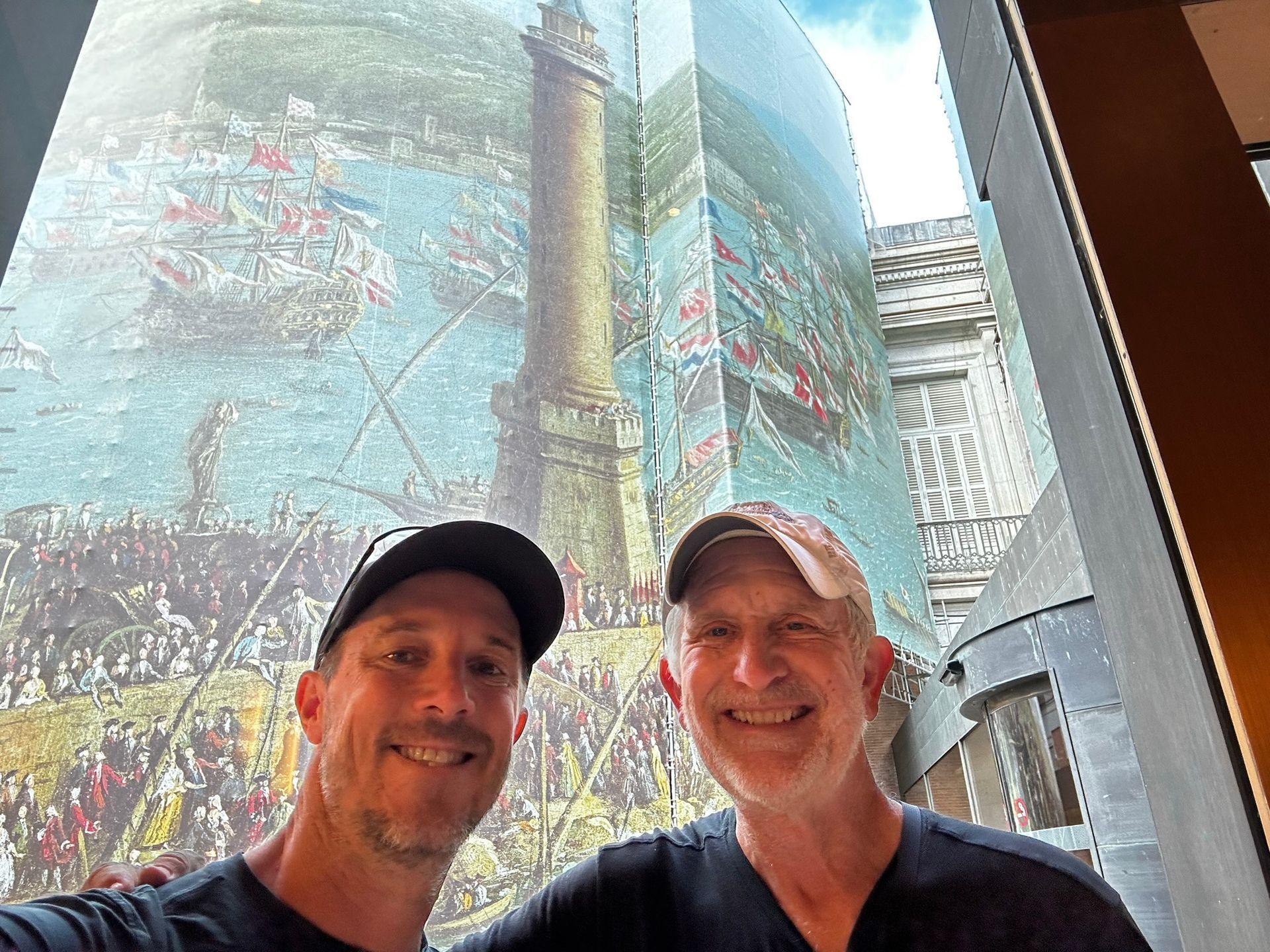
Shane and I at the Museo Del Prado, Madrid, Spain. September 21, 2023. They don't let you take pictures inside, so this will have to be it for our visit there.
This year my son, Shane, and I walked from September 13 to September 19th, starting at Puente Reina (Queens’s Bridge), Spain and finishing eighty miles later at Santo Domingo. It was another extraordinary pilgrimage experience. Walking the Camino with Shane these past two years has been one of the great experiences of my lifetime. This was the second year of what will probably turn out to be six years of walking a segment together on the Camino, heading toward our final destination at Santiago de Compostela, a.k.a. The Way of St. James.
One of the side benefits from this year’s walk was visiting the world-class Prado museum in Madrid, Spain.
When in Paris last year, we tracked down the iconic Shakespeare and Company bookstore (well, what would you expect us to do?), and visited the Louvre Museum, my first time. I was like a kid at Toys ‘R Us. In Madrid este año,we discovered the James Joyce Irish Pub, spending a lovely afternoon/evening chatting it up with the owner, Matt Loughney, who hailed from the wee Emerald Isle himself.
Delightful!
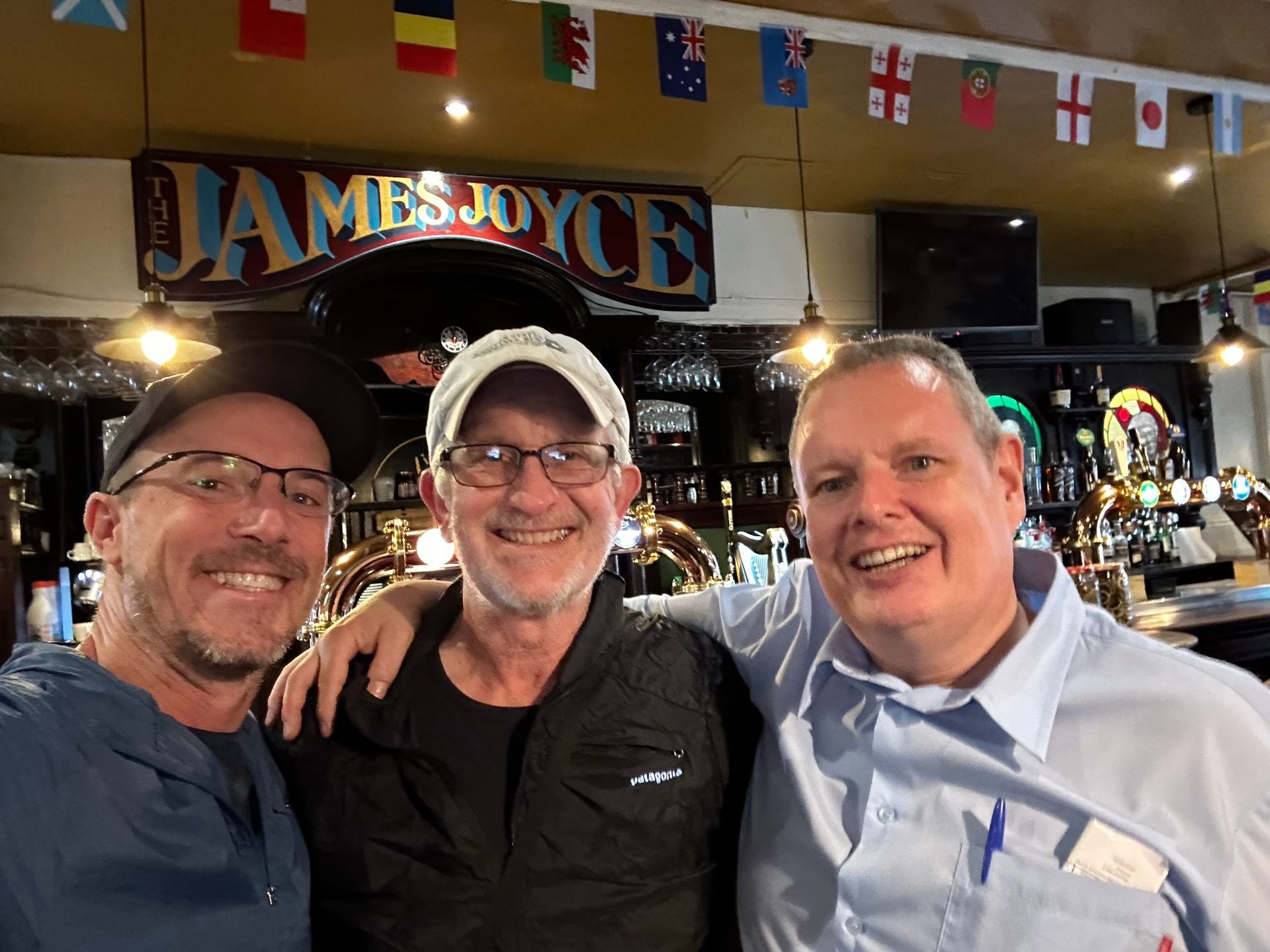
Shane, me, and Matt (the owner) at the James Joyce Pub in Madrid, Spain. September 21, 2023
The highlight for me in Madrid was spending time in the Museo del Prado, one of the finest museums in the world. I regularly marvel at how my interest in art has gone from zero to sixty in just the last decade. The Prado (officially the Museo Nacional del Prado) has the finest collections of Goya, Velázquez, and El Greco in the world, as well as works by other artists I have come to love, such as Raphael, Rubens, and Rembrandt.
Check out The Extraction of the Stone of Madness at the Prado here:
The Extraction of the Stone of Madness
I fell in love with Bosch (the painter this time, not one of our favorite private detectives). Bosch, that is Hiëronymus Bosch, had several pieces showing, including a very famous one I was already familiar with, The Garden of Earthly Delights. Another, which I had never heard of, but which immediately drew me in, was The Extraction of the Stone of Madness. The painting shows a “doctor” pulling a flower out of a patient’s head. Apparently, this is a take on the view in earlier times that madness is a stone stuck in a person’s brain. Pulling out that stone would, it was thought, remove one’s madness. Wauters (2015), described the painting, saying:
A vast, undulating landscape is the backdrop for a quack-physician wearing an inverted funnel on his head and performing a burlesque sham operation. Under the watchful eyes of a priest and a woman balancing a closed book on her head he cuts into the crown of a tied-down, lumpish-looking man. The picture is completed by a calligraphic distich which seems to be recited by the patient: “Master, cut the stone out quickly / My name is Lubbert Das."
“In early-modern culture,” Wauters writes, “this grotesque treatment is in fact a known
metaphor mocking human foolishness and gullibility” (p. 9).
I knew nothing about any of this before coming upon this painting at the museum. But immediately, I began to wonder if our society has had a stone, or more likely, stones of madness implanted in its collective brain. If so, what would it take to remove them, I speculated.
Our Societal Stones of Madness
I can think of several stones of madness which seem deeply embedded in our world. One stone is symbolized by kicking the ball down the field. Every year that the world waits to go all in on reversing the causes of global warming, for example, the odds against human survival become less and less. One day we will run out of field.
That is a stone of madness.
Every time our world steps even an inch closer to nuclear annihilation, the odds of human survival become less and less. One day someone won’t step back, one day someone’s trigger finger will slip.
That is a stone of madness.
Whenever a democracy like the United States retreats from civility, integrity, compromise, the rule of law, and deep respect for the tenets of a democracy, such as the peaceful transition of power, our precious democracy with all its freedoms, fought for and dearly won, comes closer to authoritarianism.
That is a stone of madness.
Whenever threats of violence, taunts, name calling, and dehumanization of others (such as calling citizens of our country “vermin”) occur without universal condemnation, without total repudiation, then we move in the direction of fascism and away our democratic values.
That is a stone of madness.
You will think of additional stones of madness in our world. The question is, how can we extract them?
Extracting Our Collective Stones of Madness
Dallas Willard, in his classic book about spiritual formation, Renovation of the Heart: Putting on the Character of Christ, says “In today’s world, famine, war, and epidemic are almost totally the outcome of human choices, which are expressions of the human spirit” (p. 13). “Our life, and how we find the world now and in the future,“ Willard says, “ is, almost totally, a simple result of what we have become in the depths of our being—in our spirit, will, or heart” (p. 13). These disastrous conditions haven’t just happened to us, he is saying, “they are the outcome of our choices.”
That should be sobering.
Willard, a Christian author and thought leader, believes that “. . . the greatest need you and I have – the greatest need of collective humanity – is renovation of our heart. That spiritual place within us from which outlook, choices, and actions come that has been formed by a world away from God. Now,” he says, “it must be transformed” (p. 14).
I wholeheartedly agree.
However….
There are various directions transformations occur. Some lead to good outcomes (I am a healthier person), some lead to bad outcomes (I am less healthy). What would be the foundations for transformation most likely to extract these stones of madness?
I propose that the starting place is going back to our spiritual roots. For me, that means going back to the commandments Jesus gave to his disciples in Matthew 22: 37-40.
Jesus said unto him,
Thou shalt love the Lord thy God with all thy heart, and with all thy soul, and with all thy mind.
This is the first and great commandment.
And the second is like unto it, Thou shalt love thy neighbour as thyself.
On these two commandments hang all the law and the prophets. (KJV)
These two profound imperatives – love of God and love of neighbor – require actions and practices that enable and move people to have the capability and then the motivation to love and to be a loving person as a way of life. I don’t know anyone who has perfected these, so the quest for becoming more loving is lifelong. It is not enough to say, “I am a Christian,” unless one is working to become more Christlike each day.
Bernard McGinn, writing about Saint Teresa of Avila, described her “place in the history of one of the central themes in the history of Christian mysticism, that is how to relate the demands of contemplation and action, or love of God and love of neighbor” (p. 121). Teresa, author of one of the greatest books in all Christian history, The Interior Castle, was not only deeply contemplative, she was also an effective reformer. She was – and continues to be through her ongoing presence (after all, I’m referring to her here, centuries after her death) – an exemplary stone-extractor.
Incredibly, stones of madness remain in our society. I guess to a certain extent they can never be completely removed, just bits and pieces and chunks. They are, to a certain extent fused with our imperfectness.
If we don’t remove a few of them pretty darn soon, however, our heads will burst, right along with our hearts. And then, no mason will be able to reconstruct the shambles of the rock slide we have wrought.
Sources/Resources
Museo del Prado: https://www.museodelprado.es/en
More about the Museo del Prado: https://www.britannica.com/topic/Prado-Museum
The Extraction of the Stone of Madness (Bosch): https://www.museodelprado.es/en/the-collection/art-work/the-extraction-of-the-stone-of-madness/313db7a0-f9bf-49ad-a242-67e95b14c5a2
The Garden of Earthly Delights (Bosch): https://www.museodelprado.es/coleccion/obra-de-arte/triptico-del-jardin-de-las-delicias/02388242-6d6a-4e9e-a992-e1311eab3609
The Louvre Museum, Paris, France: https://www.louvre.fr/en
Shakespeare and Company bookstore, Paris, France: https://www.shakespeareandcompany.com/
Wauters, W. (2015). Extracting the Stone of Madness in Perspective. The Cultural and Historical Development of an Enigmatic Visual Motif from Hieronymus Bosch: a Critical status quaestionis. Jaarboek Koninklijk Museum voor Schone Kunsten Antwerpen, 2016(2018), 9-36.
Willard, D. (2021). Renovation of the Heart: Putting on the Character of Christ. NavPress. New Paragraph

"The author died in 1516, so this work is in the public domain in its country of origin and other countries and areas where the copyright term is the author's life plus 100 years or fewer.
This work is in the public domain in the United States because it was published (or registered with the U.S. Copyright Office) before January 1, 1928.This file has been identified as being free of known restrictions under copyright law, including all related and neighboring rights."
(https://commons.wikimedia.org/wiki/File:Cutting_the_Stone_(Bosch).jpg)
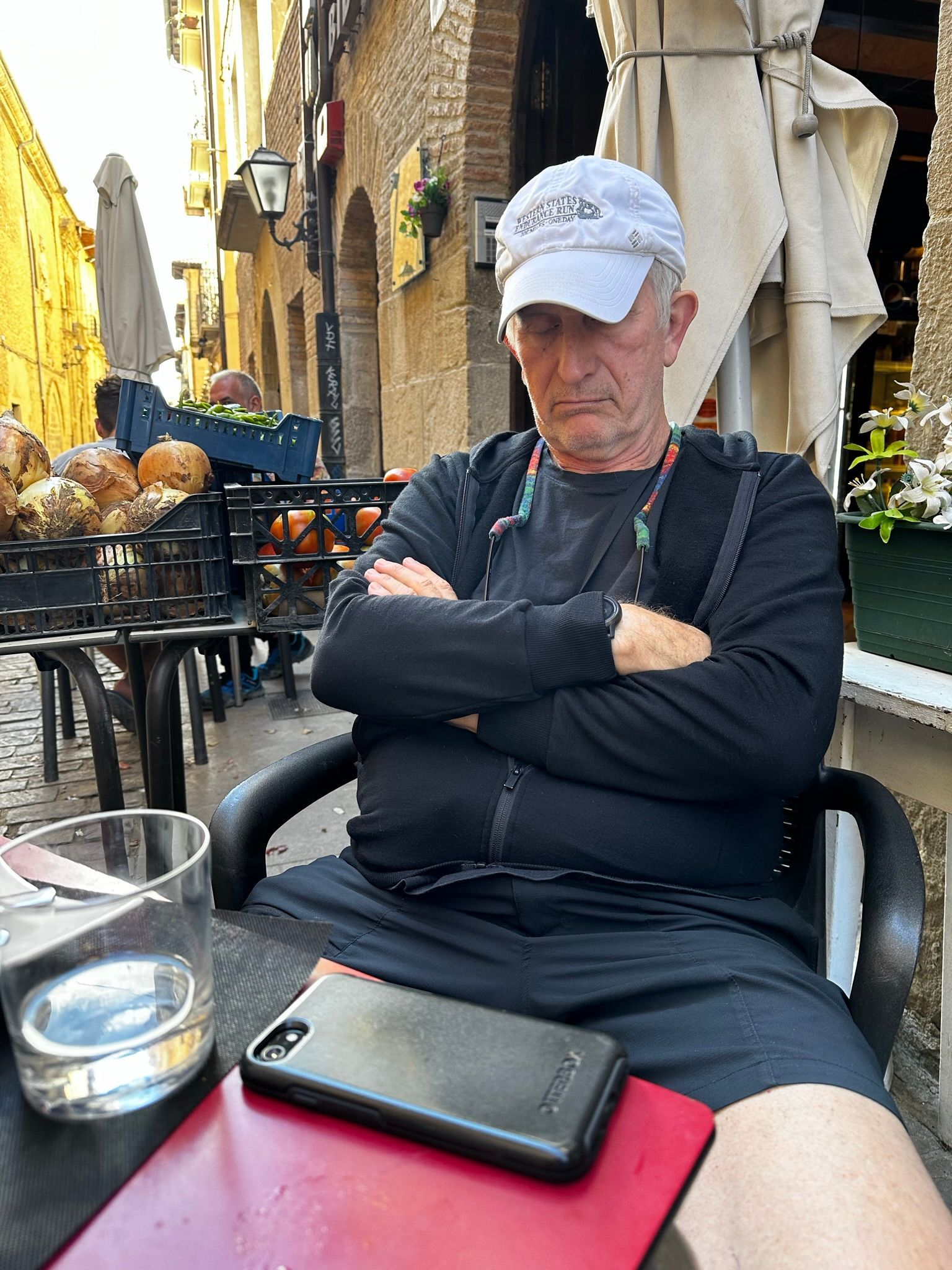
Sometimes I got tired along the way....
This photo was taken by Shane (the scoundrel) on September 13, 2023 in or around Puente La Reina, Spain.

